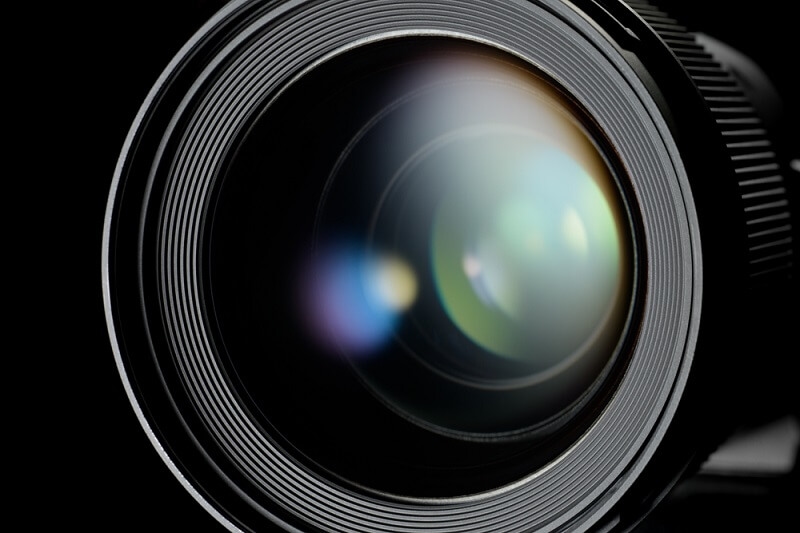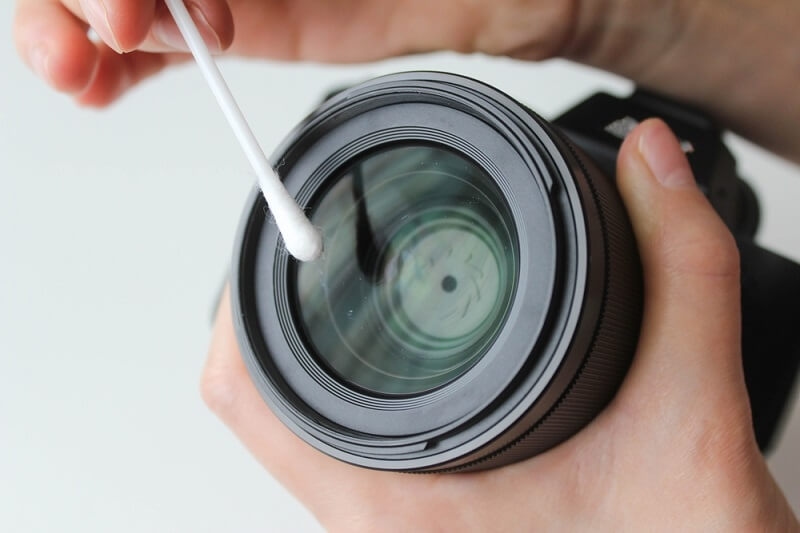
Your camera lens is the eye of your photography. If it's dirty, smudged, or dusty, you will never get sharp images, no matter how fancy your camera is. Therefore, learning how to clean a camera lens properly is crucial, whether you're just getting started or have been taking photographs for a while. Many new photographers fall into common mistakes—using harsh fabrics, blowing with their breath, or using too much pressure—which cause scratches and/or damage. Understanding proper lens cleaning practices, investing in suitable microfiber cloths for photography, and avoiding common lens cleaning mistakes will help keep your photography gear in excellent condition.
This guide will provide you with detailed content and processes, expert-approved lens cleaning tips, and specific guidelines to avoid, enabling you to remove dust from a camera lens while minimizing damage or degradation for a long-lasting lens. The most suitable tips for caring for your lens will help keep your gear from being damaged and allow you to continue taking clear, sharp pictures.
The camera lens you have has a direct impact on the clarity, contrast, and sharpness of your images. A debris-free lens will create the best possible photos and often extend the life of your equipment.
Learning how to clean your camera lens not only serves as maintenance for your equipment but also assures the quality of your photographs.
Being aware of what gets your lens dirty allows you to avoid the issue in the first place.
These examples may sound harmless, but failing to use correct lens care and safe lens cleaning practices can harm the lens further if care is not taken when cleaning dust from the camera lens.

Using the appropriate tools and following the proper procedures are among the most essential elements of caring for photography equipment.
Properly cleaning your lens and keeping a safe lens cleaning process ensures a scratch-free and usable lens for years.
Not all clothes are created alike. Not only can paper towels, tissues, and shirts scratch lenses, but they can also cause dings or dents.
Microfiber cloths are the foundation of cleaning a camera lens correctly and should always be part of a beginner camera kit's essentials.
Dust is one of the most common problems that photographers experience, particularly in outdoor environments. Here are the best practices for removing dust from a lens:
Using these tools will make removing dust from a camera lens quick, safe, and a pleasant experience.
Photographers who mean well can still make expensive mistakes when learning how to clean lenses.
Avoiding these lens cleaning mistakes will help to keep your lens coating and glass in as good a shape as possible.
Cleaning is only part of lens care. Prevention is just as important.
Following these lens care tips will help you clean your lenses less often.
Having a cleaning kit ensures you always have the right tools available.
These cleaning tools make it safe and effective to know how to clean a camera lens.
By adapting your routine to the environment, you’ll master safe lens cleaning methods and avoid unnecessary damage.
Sometimes it’s worth letting professionals handle it, especially for internal cleaning.
Knowing when to clean yourself and when to seek help is one of the best lens care tips you can follow.
Prevention is better than a cure. Proper storage reduces the frequency of cleaning.
This approach minimizes the likelihood of repeatedly removing dust from a camera lens.
Fungus can grow on lenses in humid areas and make them unusable.
This is one of those times where preventive measures could be equally as important as knowing how to clean a camera lens.
Every photographer should know how to clean a lens. When using safe lens cleaning techniques and microfiber cloths designed for photography, you can have the confidence that you are prolonging the life of your gear for years. If you can consistently apply the best lens care practices, cleaning dust off a camera lens will be a quick and safe part of your workflow.
This content was created by AI